Festival Ships Food JetSki Airshow Red Arrows Music Night
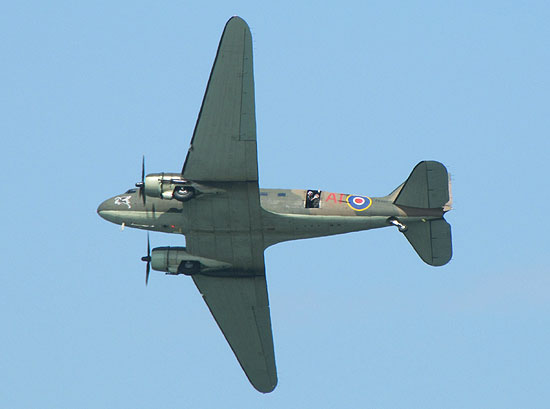
The Dakota also seen at the Whitehaven festival in 2007 was the first aircraft to display at this year's event. It made several passes over the harbour at a level low enough for two of the crew to be visible at the open door. For many years in service with the Royal Canadian Air Force until 1971, the Dakota is now run by the team of the Battle of Britain Memorial Flight who not only use it for display but as a general workhorse and an aircraft for training the crew of the Lancaster bomber.
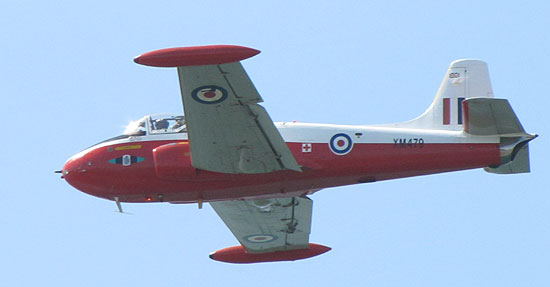
On the Sunday afternoon there was an hour long display of aircraft in the air over Whitehaven harbour. The first to display was the Jet Provost. This ex-RAF training jet is now owned by a private consortium, The Newcastle Jet Provost Company. The Provost is in very good condition partly because after just 5 years service from 1961 it was put into storage for 10 years by the RAF. It then served as a trainer for 17 years before being retired into civilian hands in 1993. The single Rolls Royce Viper Mk 102 turbo jet propels the aircraft to a maximum speed of 440 m.p.h.
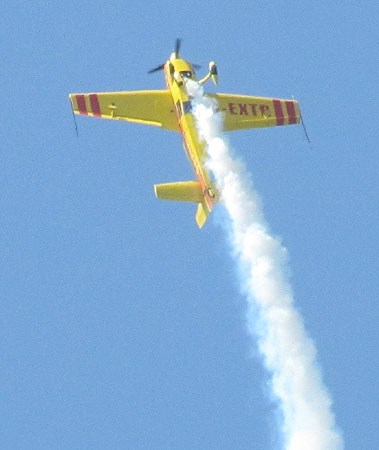
Next into the skies above Whitehaven was a purpose built aerobatics aircraft that did some incredible manoeuvres, including a vertical climb into stalling position which he masterfully recovered from, accompanied by gasps from the audience below.
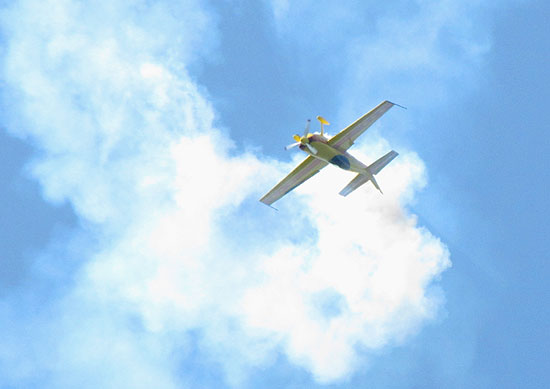
It is described in the festival guide as an Extra 300 although a quick search on the the number G-EXTR indicates it is actually an Extra EA 260 built in 1990 with a Lycoming AEIO 540 aerobatics engine, probably the only one remaining.
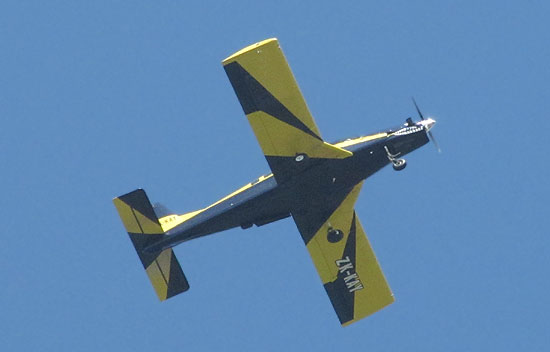
The next aircraft to appear was a Pacific Aerospace 750 XL ,a specialist short take-off aircraft built by a New Zealand company, which was bringing the Black Knights Royal Artillery Parachute Display Team. It first dropped some streamers to gauge the wind strength then cork-screwed upwards until almost out of site above the Candlestick.
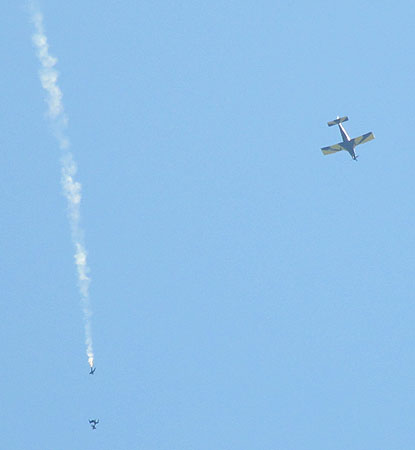
The four parachutists then jumped from the plane and fortunately left a smoke trail as they looked nothing more than specks doing a free fall which only lasted seconds as they rapidly plummeted into view and deployed their chutes.

Two of the Black Knights formed a stack whilst the other two deployed flags that dragged out behind them.
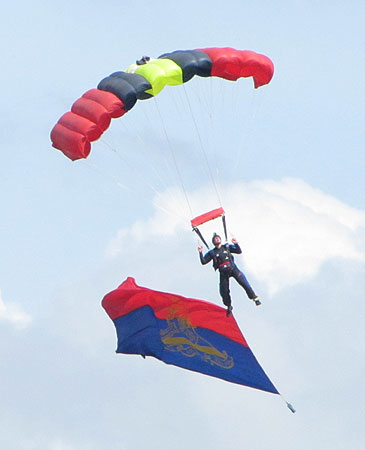
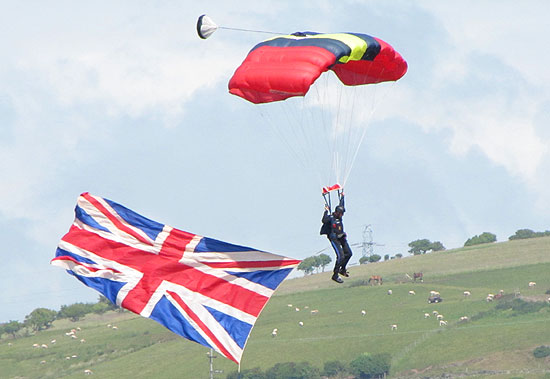
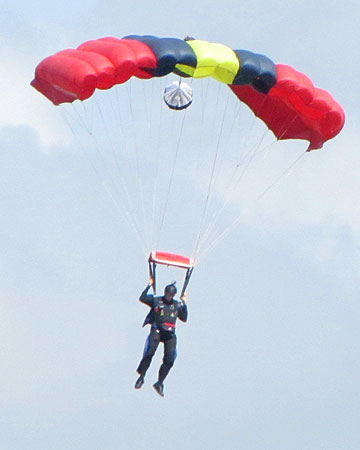
They then managed to land in the harbour between the masts of the tall ships on the Sugar Tongue and the Crow's Nest structure on the Lime Tongue - showing incredible skill as there was quite a strong wind blowing off the Irish Sea.
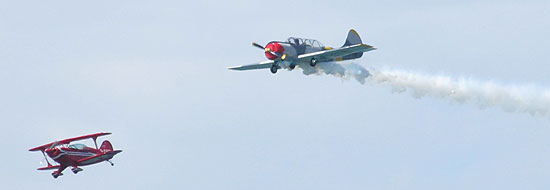
The Black Knights were followed by the Cossack display team - they normally have two Yak 52 aircraft of Soviet design but this time one of the Yaks was partnered by a Pitts Special.
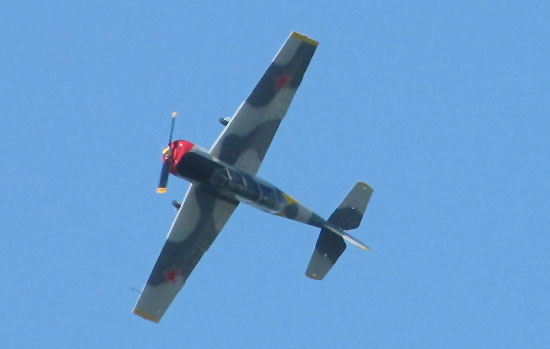
Built by the Soviet Yakovlev company in 1985 as a training aircraft with a 360hp engine the Yak-52 performed some impressive rolls and loops in the Whitehaven skies. The solid, low maintenance, design has seen many of 1800 aircraft produced taken up by private enthusiasts in the west.
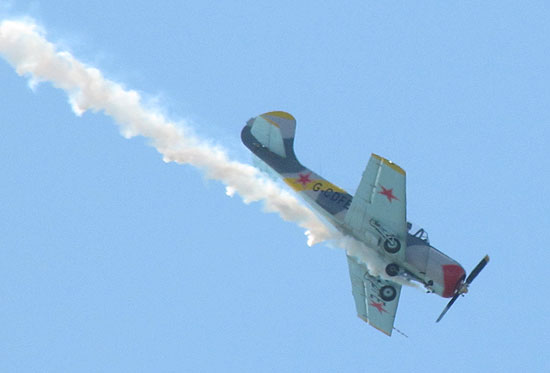
The Yak 52 can be seen here in a dive with the tri-cycle undercarriage folded up, but it doesn't retract completely and is operated by pneumatics rather than the more common hydraulics.
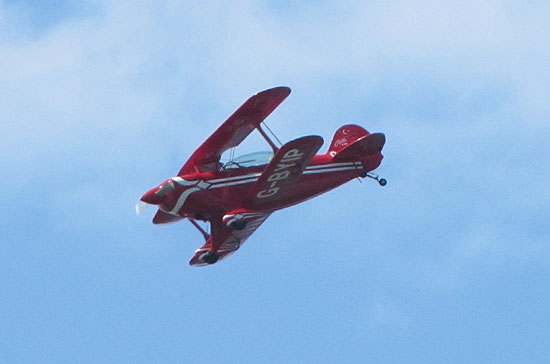
The Pitts S-2A special is a small and very manoeuvrable two seater bi-plane especially designed for competition aerobatics by Curtis Pitts.
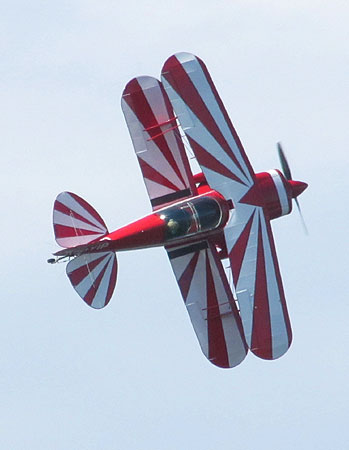
The striking red and white paintwork of the upper wing surfaces can be seen here as the Pitts Special banks steeply whilst turning during its Whitehaven display.
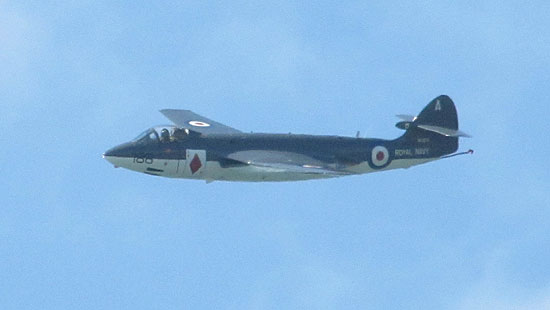
The penultimate aircraft was another jet, the Hawker Sea Hawk FGA.6 with a mark of WV908. It was built by Armstrong-Whitworth in Coventry for a maiden flight in 1954 before serving with four separate naval air squadrons between 1955 and 1962.
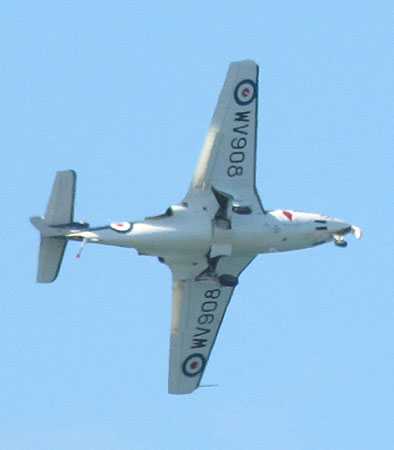
After active service the Hawker Sea Hawk was mothballed for a decade and has spent most of its remaining years on the ground with several concentrated periods of restoration, when funding became available, to get it back into the air. The Sea Hawk is now part of the Royal Navy Historic Flight which keeps several older aircraft air worthy and displays them at events such as the Whitehaven festival.
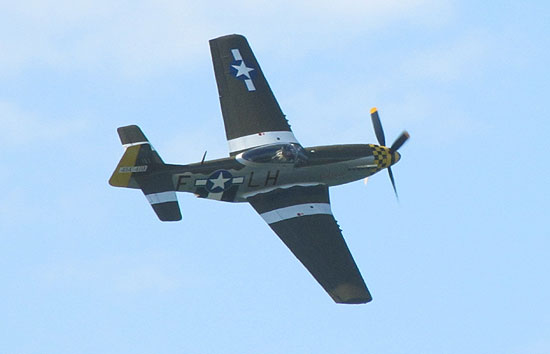
The final aircraft was scheduled to be the Spitfire but this was replaced by this equally magnificent Mustang P-51D. These aircraft were like an American emulation of the Spitfire or Hurricane with a Packard version of the famous Rolls-Royce Merlin engine and 6 Browning machine guns mounted in the wings.

Originally built in Dallas during the Second World War for the New Zealand Air Force, it arrived there as the war ended. It was originally stored then took up service with the Canterbury Squadron of the Territorial Air Force around 1952 but was retired a few years later.
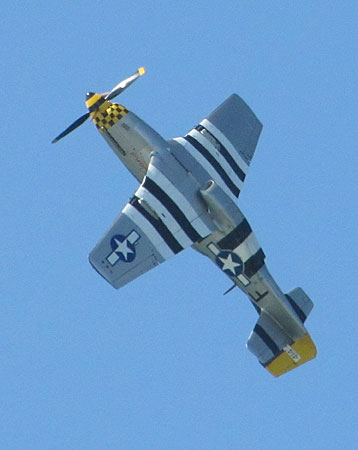
Since 2001 she has been flying in private ownership with the registration G-MSTG and the nickname Janie after being restored and given war-time livery with the marking LH-F and the tail code 414 419.
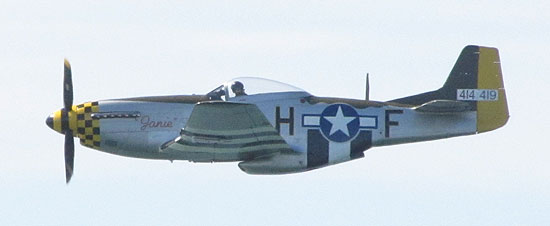
Return to Western Lakeland Events
the official website www.thefestival.org.uk
royal navy historic flight www.royalnavyhistoricflight.org.uk
battle of britain memorial flight www.raf.mod.uk/bbmf/
© WAWL 2010